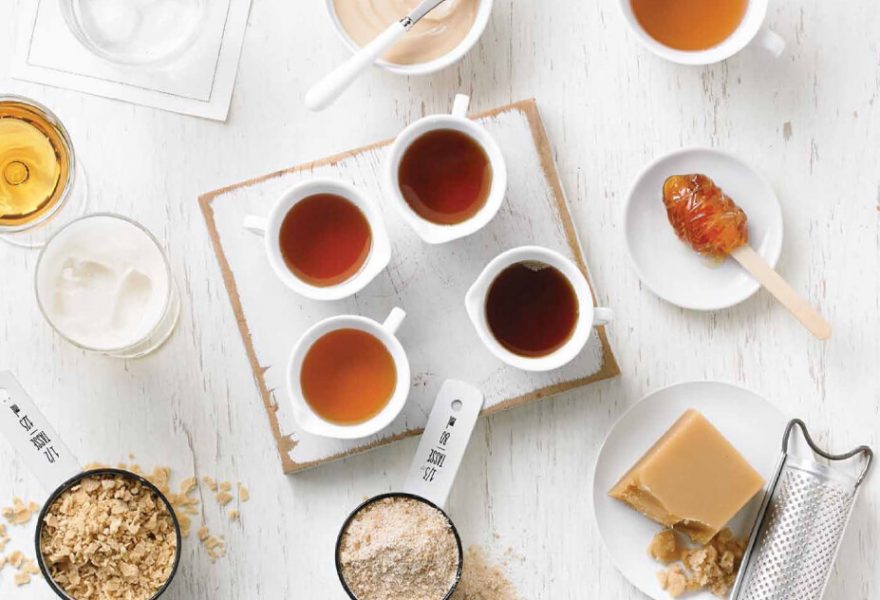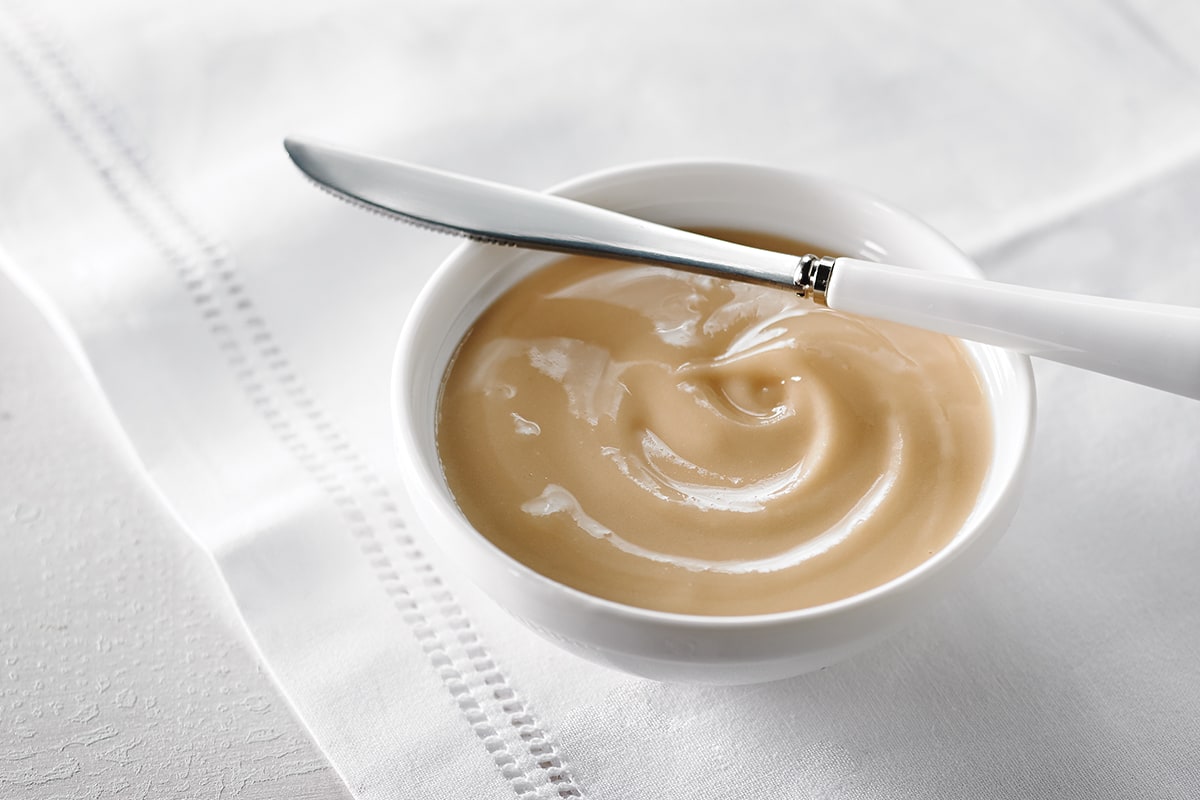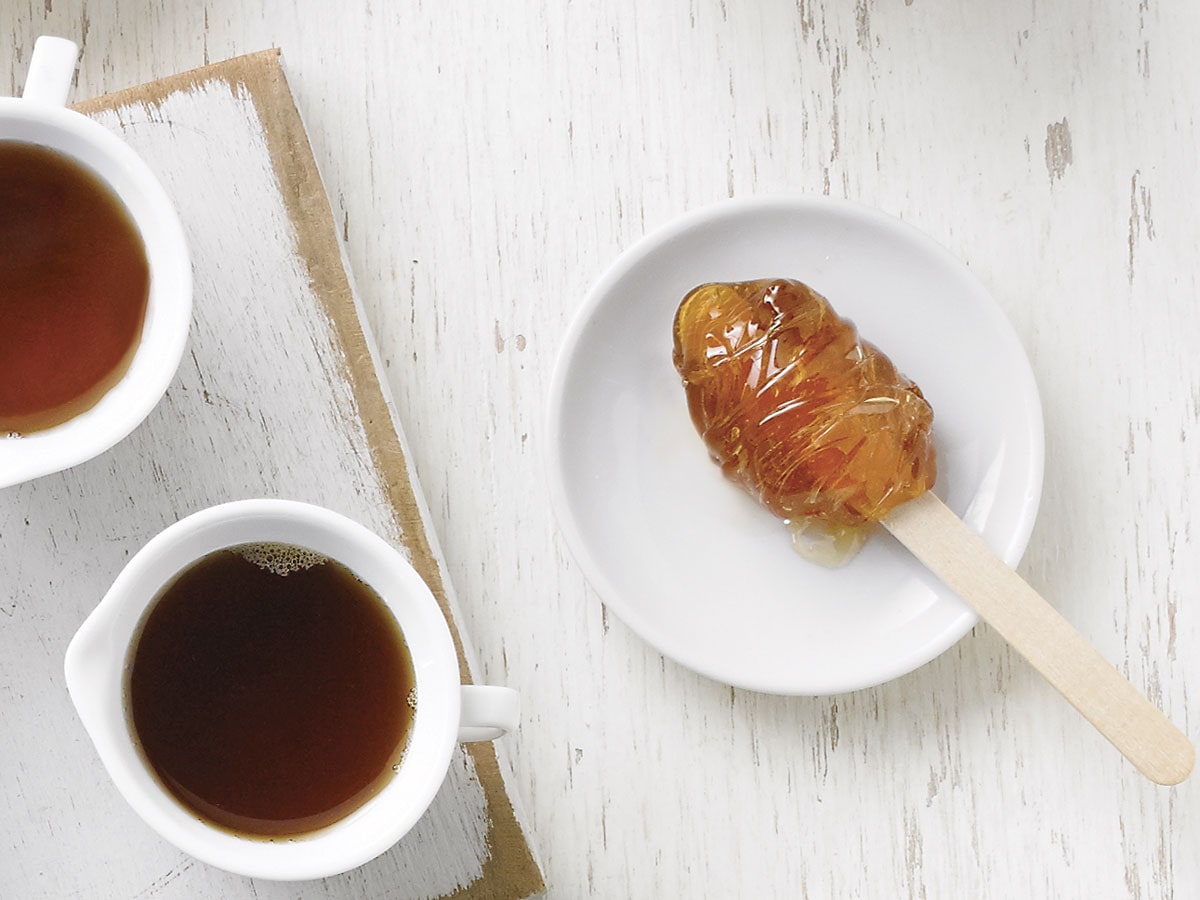More than just syrup: a look at speciality maple products

You know about maple syrup, and you may have also heard of maple sugar and maple butter.
But did you know there are many other products that can be made from the sugary sap of the maple tree?
From maple flakes to maple water, these unique creations provide new and exciting ways to enjoy the culinary richness of maple.
Speciality maple products
While the likes of maple syrup and maple sugar have been around for centuries, some speciality products have only been discovered in recent decades.
Below, we take a closer look at some of the most exciting speciality products on the market and offer our advice on how to get the best out of them.
Maple sugar
Maple sugar was first made by indigenous groups in North America, and through the centuries has been produced on a mass scale and exported around the world.
It’s made by boiling maple syrup until the liquid evaporates, with filtration then used to create crystals.
Maple sugar comes in a range of granularities, from the fine texture of icing sugar to nuggets and chunks.
It also serves as a natural alternative to refined sugars, replacing them in equal quantity in a range of recipes.
Recommended uses:
- Use in baking for cakes and biscuits
- Add to tea and coffee
- Use in spice mixes and BBQ rubs
Maple spread
Maple spread (known by many as maple butter, though it contains no dairy) is a deliciously sweet fondant with a creamy texture.
First produced in the 1950s, maple butter is made by heating maple syrup to a temperature of 112°C, before leaving the mixture to cool and then beating it to the desired consistency.
The result is a velvety smooth spread that’s perfect for pairing with toasted dishes and desserts as well as adding to sauces and custards.
Recommended uses:
- Spread over French toast or crumpets
- Add to marzipan dough
- Mix into smoothies

Maple flakes
Used mainly as a finishing ingredient, maple flakes are made by freeze-drying maple syrup in order to remove its water content.
This unique dehydration process creates crunchy flakes that dissolve on contact with liquids, releasing their sugary richness.
Maple flakes are often used to sweeten panko breadcrumbs, while mixologists are also using them to frost cocktail glasses.
Recommended uses:
- Add to crème brûlée
- Sprinkle over yoghurt or granola
- Add to breadcrumbs or spice mixes
Maple taffy
Maple taffy is a simple but delicious confectionary that has been enjoyed by children in Quebec for generations.
It’s made by boiling maple syrup to a thick consistency and then pouring the liquid onto crushed ice or compacted snow.
The syrup hardens on contact and can then be moulded around a stick into the shape of an ice lolly, ready for consumption.
While you can buy maple candy in a supermarket, you can just as easily make your own with our maple taffy recipe.
Recommended uses:
- Enjoy on its own
- Combine with chopped nuts
- Roll in matcha tea powder

Maple water
Did you know that maple sap is around 98% water? Well, this liquid can be extracted from maple trees and naturally processed to form maple water.
Light and refreshing, maple water is perfect for a hot summer’s day, and can be enhanced even further by mixing the liquid with fruits.
In the kitchen, you can also use maple water to poach a fish, deglaze a pan or braise meats and poultry.
Recommended uses:
- Freeze to create flavoured ice cubes
- Add to bitter green soups
- Poach and stew poultry
Where can you buy speciality maple products?
If you’re wondering where to buy these speciality products, we’ve compiled a list of suppliers for your reference.
It’s not always easy to find speciality products in the UK, and you may have better luck looking in health and wellbeing stores rather than large supermarkets.
Has this blog whet your appetite? Find out how you can use these products in your cooking and baking with our collection of maple syrup recipes.
A natural source of energy
Maple syrup is a natural source of energy. Check out our recipes for food and drinks before, during, and after exercise.
)